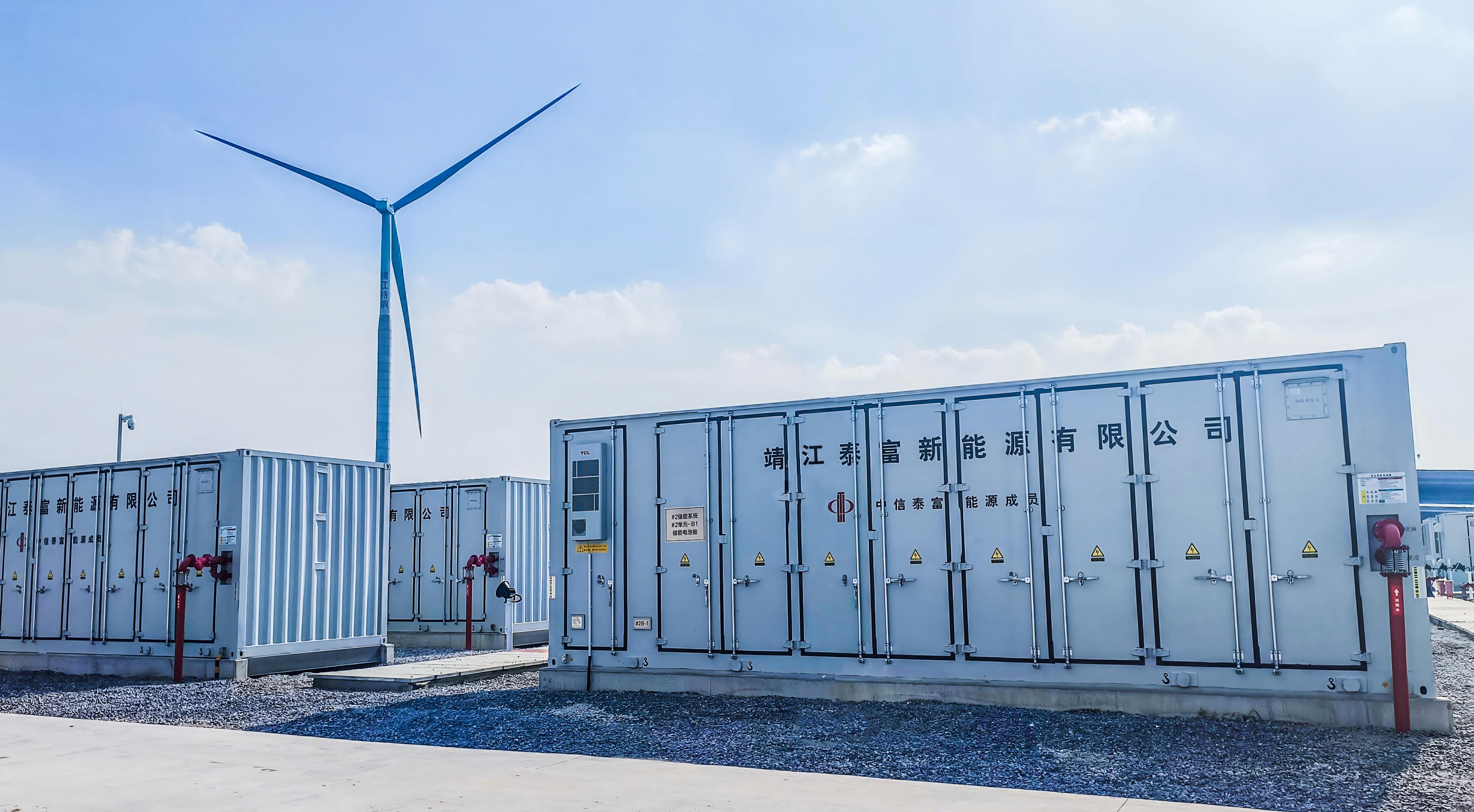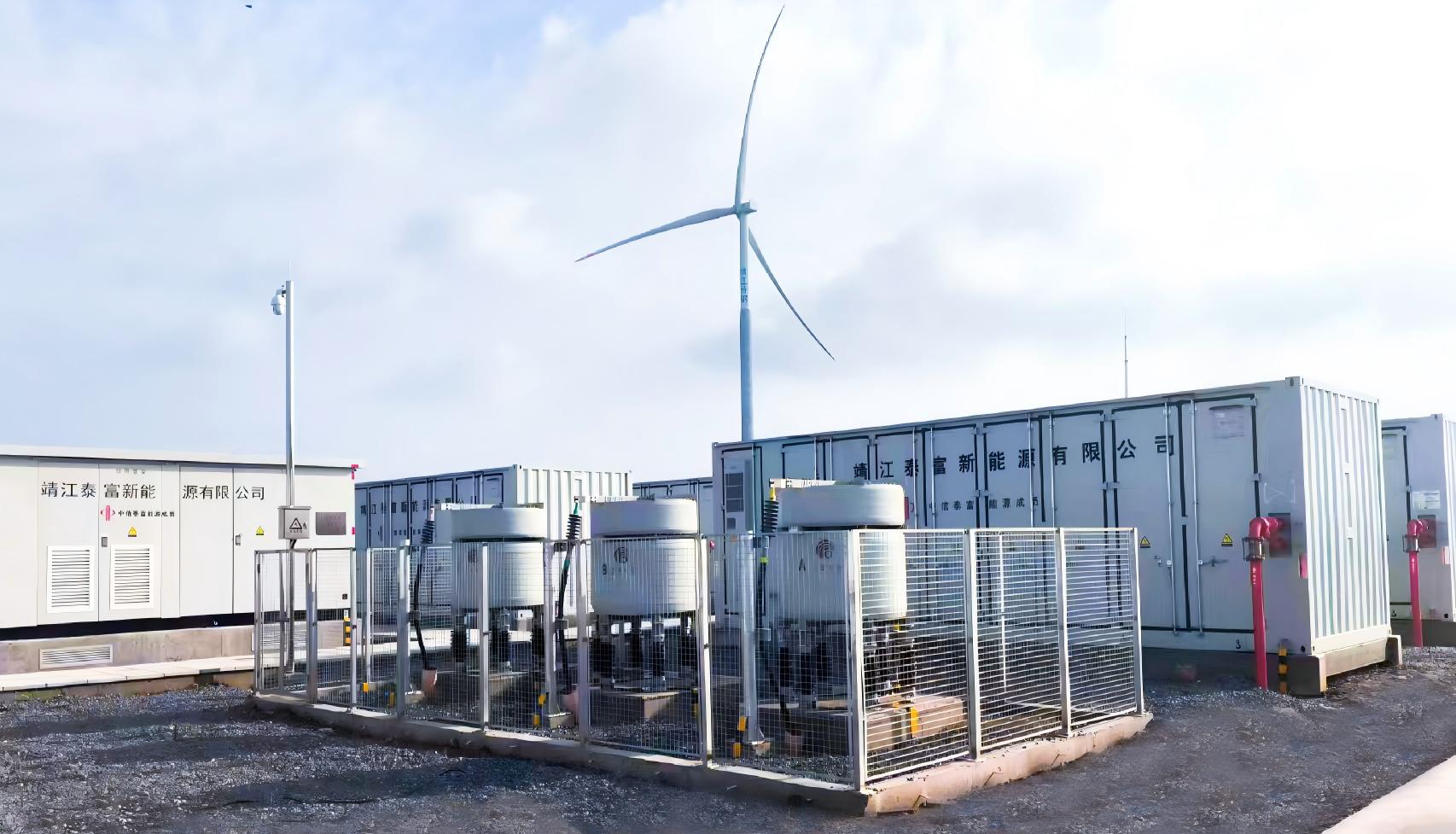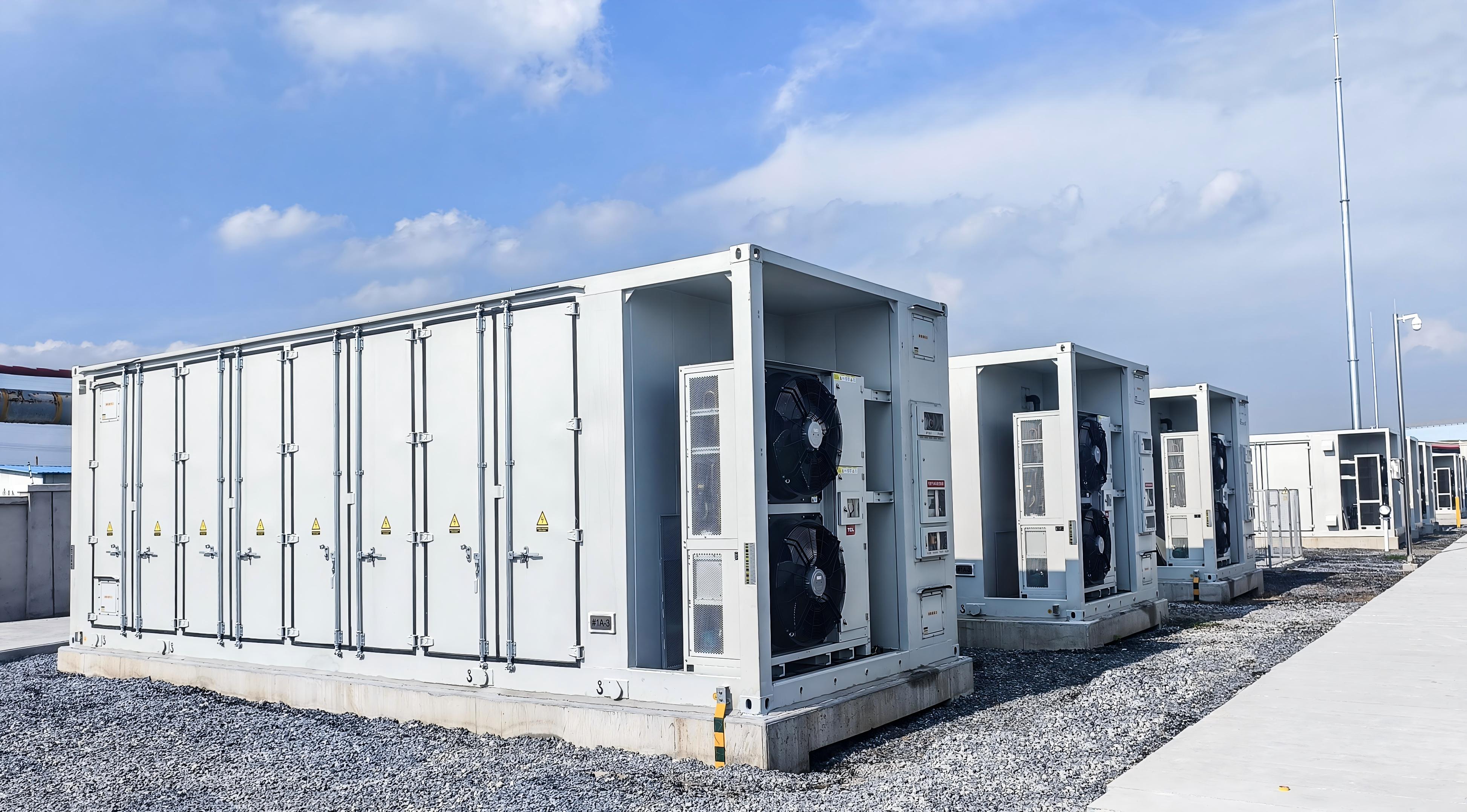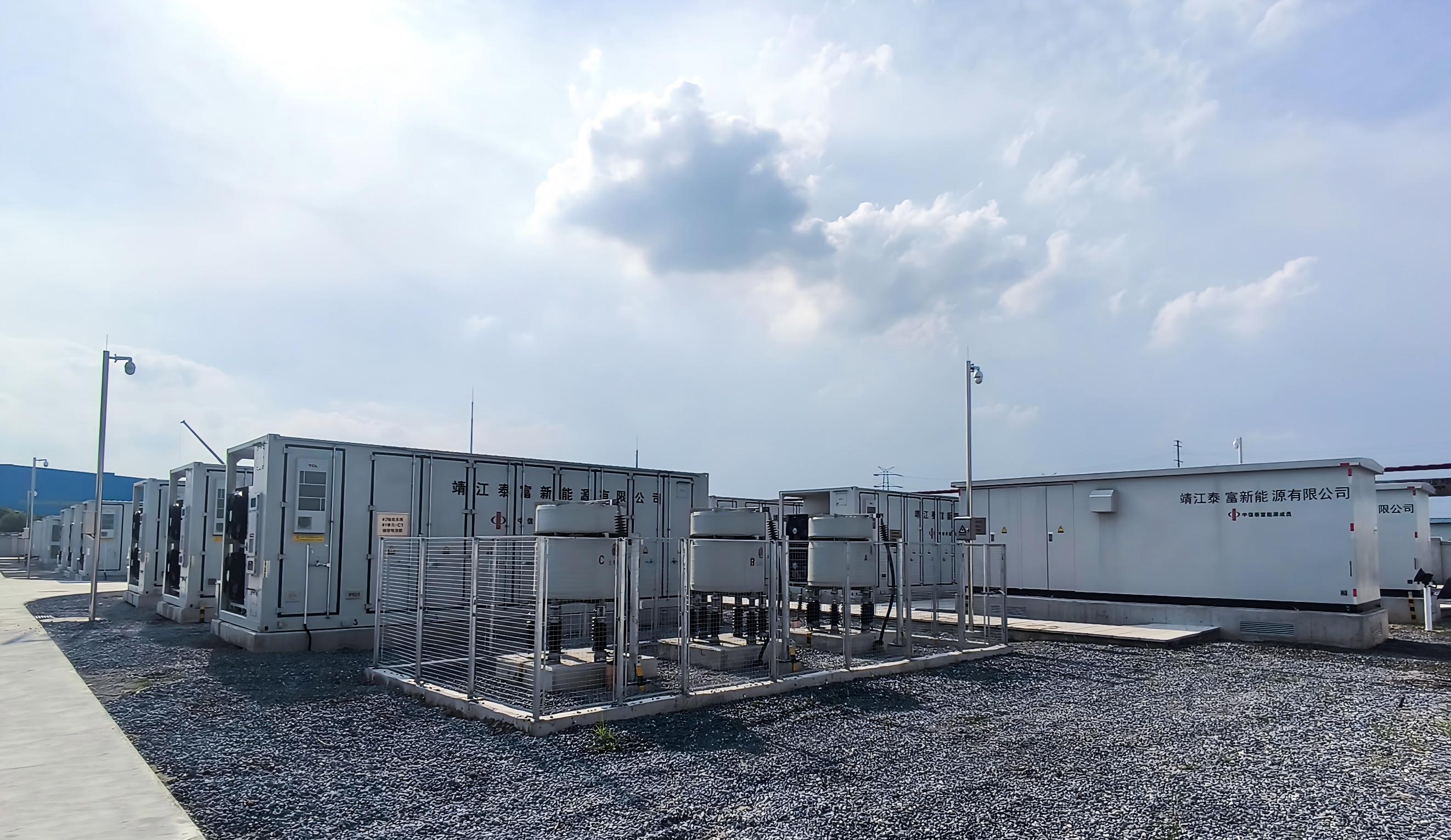Recently, the key component of the national Near-Zero Carbon Electric Furnace Demonstration Project — the Green and Low-Carbon Energy Supply Project of Jingjiang Special Steel Co., Ltd. — was successfully connected to the grid. This project marks China’s first multi-scenario wind-solar-storage integrated microgrid demonstration in the steel industry, representing a milestone in the industry’s transition toward green and low-carbon manufacturing.
As the core equipment system supplier, Zhiguang Energy Storage provided a world-leading grid-forming high-voltage cascaded energy storage system, enabling the client to build a pioneering all-green power supply system for special steel smelting in China.

Jingjiang Special Steel Green and Low-Carbon Project serves not only as a national pilot for low-carbon metallurgy technologies but also as a complex and forward-looking system project. It integrates 57.97 MW of distributed PV, 37.5 MW of wind power, and a 120 MW/240 MWh user-side grid-forming high-voltage direct-connection energy storage system. Through an intelligent energy management platform, the system achieves multi-energy synergy and energy-carbon traceability. As the largest user-side energy storage station in Jiangsu Province, the project is expected to increase green power utilization by 168 million kWh annually, reducing carbon dioxide emissions by approximately 52,000 tons per year. It provides a replicable and scalable engineering model for green power substitution and near-zero-carbon steelmaking across the industry.

Steelmaking is a typical high-load, impact-type process that demands exceptional grid stability, power quality, and supply reliability. Achieving 100% green power for electric furnace steelmaking requires overcoming challenges posed by the intermittency and volatility of renewable energy.
In this project, Zhiguang Energy Storage supplied two grid-forming high-voltage cascaded energy storage systems totaling 45 MW/90 MWh, serving as the core technology enabler for the “all-green power steelmaking” goal. The systems feature several leading capabilities:
Grid-forming capability: Actively establishes and stabilizes grid voltage and frequency, providing reliable inertia and short-circuit capacity for wind-solar-storage microgrids, enhancing system resilience.
Blackstart function: Enables rapid microgrid restoration during grid outages, ensuring continuous operation of critical loads and significantly improving power reliability.
3x overcurrent capability: Effectively mitigates severe power fluctuations caused by electric arc furnace impacts, maintaining stable bus voltage and ensuring smooth, safe green power supply throughout the steelmaking process.
Cascaded high-voltage topology: Allows direct connection to 6–35 kV voltage levels without a step-up transformer, offering higher system efficiency and faster response—ideal for large-scale industrial applications.
With its robust grid-forming technology, Zhiguang Energy Storage successfully resolved the final stability challenge of applying renewable energy directly to steelmaking, achieving real-time dynamic balance and coordinated control across generation, grid, load, and storage.

The successful grid connection of Jingjiang Special Steel project marks a major breakthrough in the deep integration of renewable energy within industrial sectors. It also stands as a benchmark for the role and value of grid-forming energy storage technology in the new power system. Leveraging extensive experience in grid-forming demonstration projects, Zhiguang Energy Storage continues to drive advancements in control functions, strategies, and core technologies—solidifying its position as a key technology provider supporting high renewable penetration and zero-carbon transformation in industrial enterprises.

Looking ahead, Zhiguang Energy Storage will continue to advance grid-forming energy storage technologies, working alongside partners in steel, petrochemical, data centers, and other high-end manufacturing sectors to deliver safer, more efficient, and greener integrated energy solutions—contributing to China’s dual-carbon goals.



